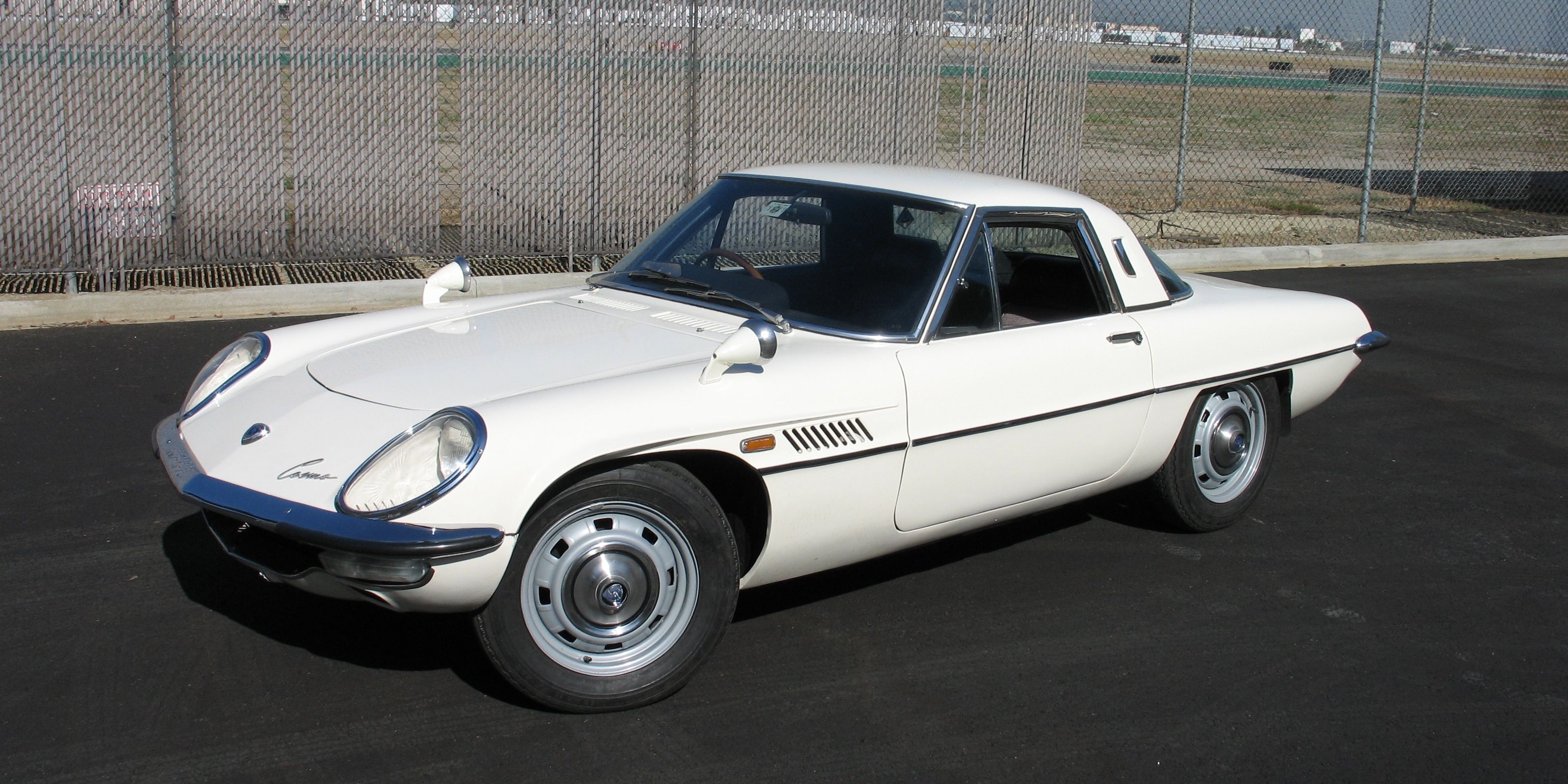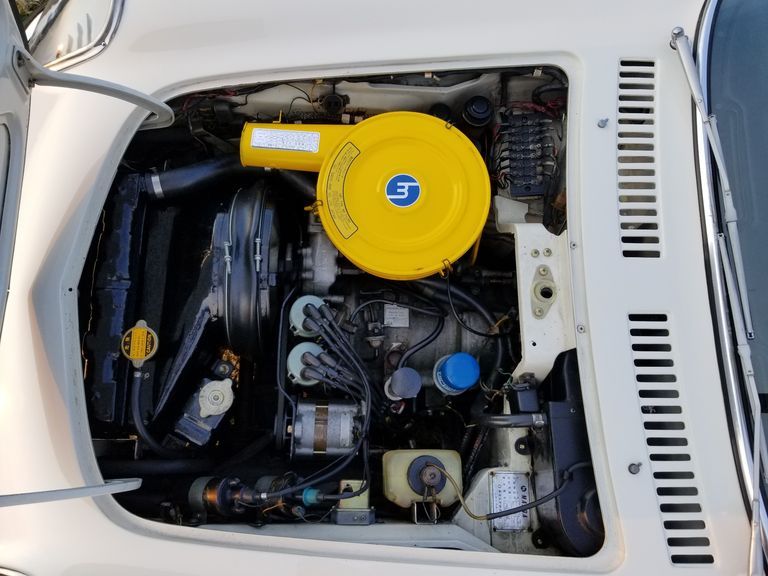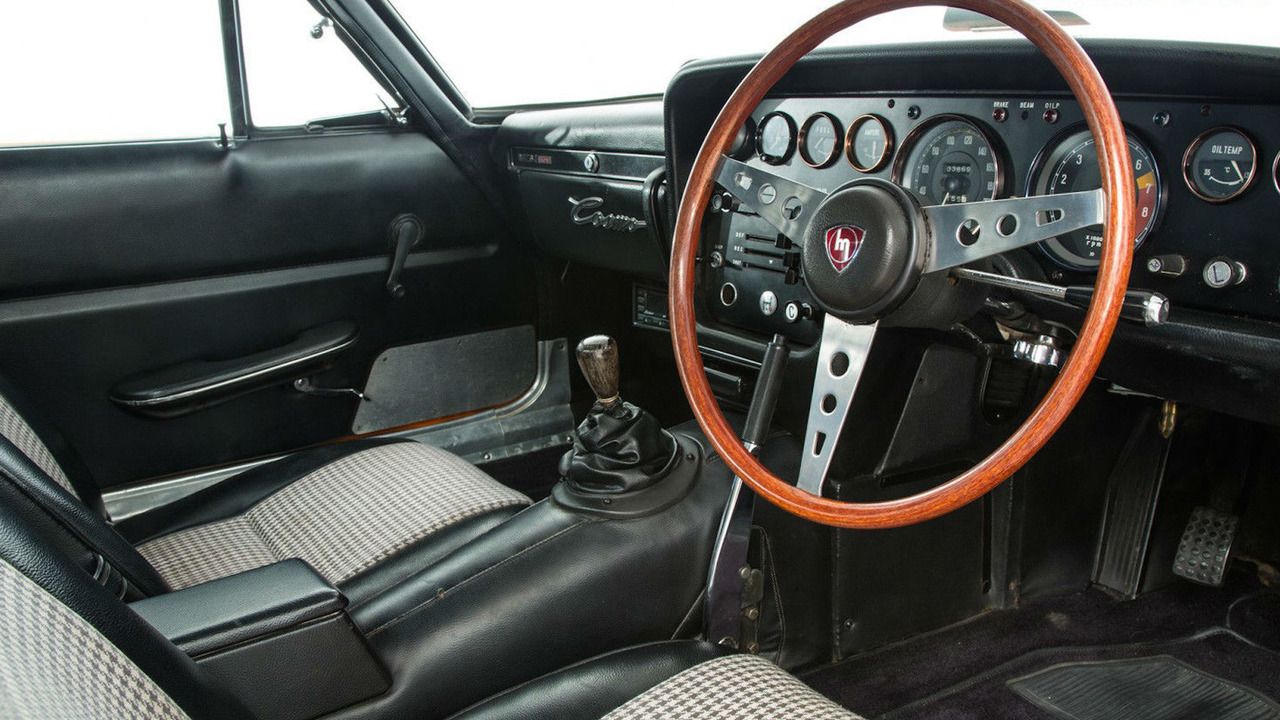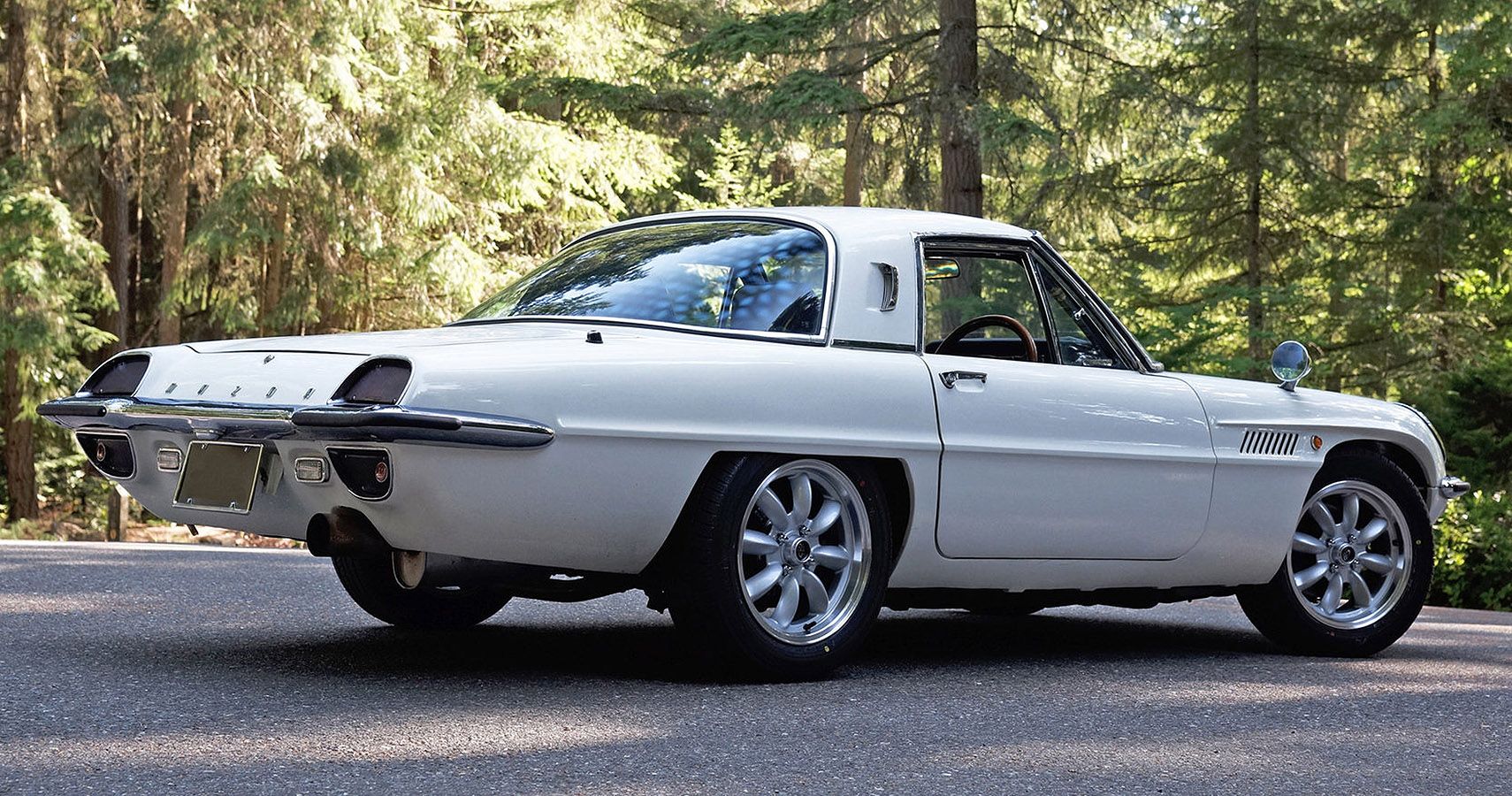Back in the 60s, Mazda was called Toyo Kogyo was facing a daunting challenge. Mazda needed to come out with a technologically advanced product to compete with its rivals and to ensure its survival in the global market. Around the same timeline, Dr. Felix Wankel had come out with his rotary engine which was said to be half-turbine & half-reciprocating.
Mazda's then-President Tsuneji Matsuda saw huge potential in the rotary engine. This powered their Mazda Cosmo which laid the foundation for the famous Mazda models like the Mazda RX-7, RX-8, etc. which made an impact globally with the Wankel Rotary Engine. This lead to Mazda becoming one of the major brands of the JDM to have left their mark on history.
Let's take a closer look at the Series 1 Mazda Cosmo
The History behind the Series 1 Mazda Cosmo
When the whole world was following the standards when it came to the engines. Mazda saw a unique opportunity that was up for the taking in the Wankel Rotary Engine. This rotary engine came with its fair share of problems but had a lot of promising features like a simple structure, compact size, lightweight, quietness with high power delivery.
The main problems with the Wankel rotary engine were boring or the chatter marks which it left on the inside causing abnormal wear. They were also called "Devil's Nail Marks". Kenichi Yamamoto, the man who lead the Engineering Research Development can be attributed to the solution. His team has tried all the different changes in the material but none of them showed even an inch of progress. Finally, when one of the engineers came up with the proposal to make a change in the shape which would change the seal's frequency characteristics. This breakthrough was responsible for the creation of the Mazda Rotary engine.
The breakthrough with the engine lead created a ripple which lead to the generation of waves throughout the market. The Mazda Cosmo was the first sports car in production to make use of a two-rotor Wankel Rotary Engine and from here on the automobile industry as we all know it changed forever.
What Powers the Mazda Cosmo?
The Cosmo reaped the benefits of all the hardships the Mazda engineers had put into the research. It was powered with a twin-rotor-in-tandem, water-cooled Wankel engine which had the capacity of 982-cc. Each individual chamber had a capacity of 491-cc. The engine was able to churn a hefty output of about 110 HP at 7000 rpm. This was responsible to propel the 2060 lb car to speeds over 110 mph which was pretty competitive for the 2-liter sports and the GT class. This led to its rivals claiming that the engine with a capacity of 250cc should be considered a 750cc unit, as it has three separate chambers. The engine had been equipped with a synchronized four-speed gearbox.
The Mazda engine is able to catch up on the starter pretty quickly, idling at 700 rpm with slight rocking. When pushed up by about 300 more revs, it smoothens out. The Company itself used to ask the customers to drive the vehicle at higher revs as it suited the rotary engine more. In the absence of valves, and chains, the revs have been experienced to build up quite unexpectedly. Mazda claims a top speed of 115 mph and a 0-60 mph in about 8.2 secs. The car can be left out in the 4th at around 25 mpg, yet it easily is able to pick up from that speed without any kind of trouble. Mazda has made claims that the Cosmo can drag as low as 16 mph in the top gear which is astounding.
Exterior and Interior Highlights
There were only 343 cars made from the Mazda Cosmo Series 1. The car had classical Japanese styling. It was designed to have superb aerodynamics. The design of the car was Bertone influenced and gave off a space-aged style vibe as intended by Mazda which is where it received its name "Cosmo". From the rear, it gave a Thunderbird vibe, whereas from the front it looks like a Pininfarina. It had the old-school fender-mounted mirrors which are now almost extinct. The Serie-1 had a wide-mouth grille and long rear deck.
Cosmo's surfacing was not as refined and sophisticated as its western counterparts. It is evident as we see the ascending belt line which intersects the wheel lacks the kind of tension which the Ferrari SuperAmerica gives off. The curve forming the upper edge of the front wheel-arch, then extending onto the body looks slightly lumpy. The rear has a bit of uniqueness to it, but the front has very limited detailing which makes the car less memorable from the front perspective as it has no distinctive features when compared to contemporary sports cars.
The interior on the other hand was well appointed with features like comprehensive instrumentation, bucket seats with reclining backrests, a well-padded dashboard, radio, heater, air-conditioning, and full carpeting. The handcrafted wooden steering wheel added to the luxurious feel in the interior of the car.
What's its Worth?
The Cosmo Series 1 coupe has a story of its own to tell. Having only 343 of such beauties produced just adds to its value. It is not only a symbol of Mazda's genius play to make a place for itself in the automobile industry it was a loud statement of the Japanese Auto Industry's intent. This model was proof that the Japanese Engineers weren't just making cheaper rip-offs of the American and European cars but had the potential to forge their own path.
The Japanese Icon goes for around $80,000 to $100,000. That's the price one to pay to own the legendary Mazda Cosmo Series 1 which is one of its kind and an icon for both its design and the Wankel Rotary Engine. The success of the Cosmo lead the Mazda to come forth with faster, more powerful, and beautiful cars in the later years.






